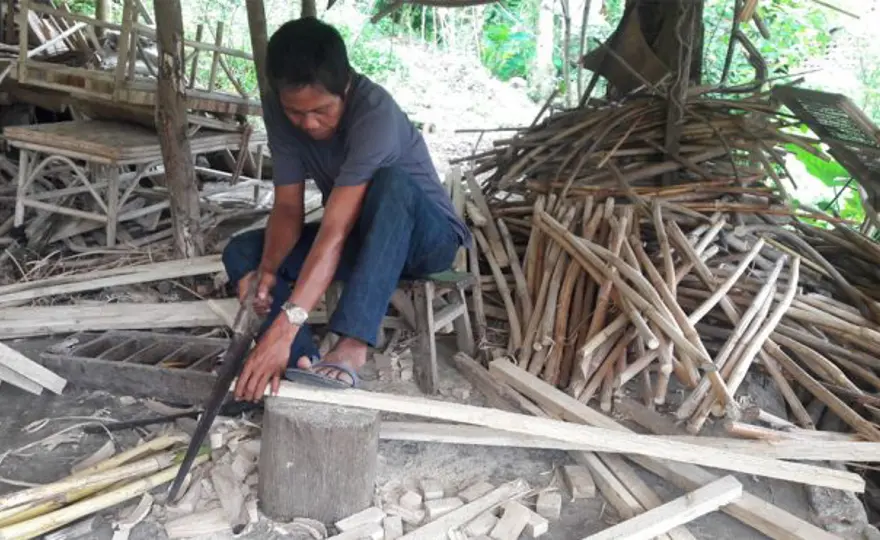ClientEarth Communications
27th November 2019


The Philippines was highly forested about a century ago. But today, forests cover less than a third of the country, due to logging, agriculture, fuel-wood extraction and mining.
To tackle forest depletion, the Philippines has adopted two sets of measures. First, a moratorium on logging has been in place since 2011. Second, the Philippines has been promoting a system of participatory natural resource management since the 1980s, which recognises the positive impact the rural population can have when involved in forest management. ClientEarth looked into these measures and assessed their effectiveness while also drawing lessons for the Congo Basin, where forests laws are currently under review.
Community-based forest management was launched as a national strategy in 1995 to encourage communities to carry out reforestation, forest protection, agroforestry and other revenue-generating activities. As of 2013, about 61 percent of the Philippines’ forests were managed under this scheme. It is too early for the social and economic benefits for forest communities to fully emerge, so time will tell if community forest management can be credited for successfully curbing deforestation.
Recently, ClientEarth examined community forestry laws in the Philippines to draw out key lessons for the design of similar laws in the Congo Basin — an area where effective community forestry still largely lacks legal frameworks.
Through our field research, we met with seven community associations managing community forests in the provinces of Leyte, Biliran and Palawan, as well as with government officials, nongovernmental organizations and academics. We learned that the existing legal framework explains, in part, the mixed results of community forestry.
Community forestry has been primarily designed to help preserve forests. The Philippines, just like Nepal, is a community forestry pioneer in Asia. This was made possible by strong support from both the government and donors to establish community forestry as an overarching national strategy.
Without support, communities face a complex task when developing forest management plans. However, a legal framework empowers people to carry out activities and patrol forests, which can help reduce deforestation and restore degraded areas, thereby protecting watersheds and increasing forest cover and water resources.
Another strength of the Filipino community forestry model is that the legislation provides for consultation of indigenous peoples. It requires any community creating or renewing a community forest to seek and obtain the consent — free, prior, informed and written — of any indigenous group likely to be affected by the community forest plan.
Although the legislation does not contain specific gender-related provisions, several community members pointed out that community forestry contributes to increased women’s leadership. According to them, women have been taken more seriously when dealing with local officials since they have been involved in managing a community forest and are able to participate in decision-making processes with more confidence.
Despite these successes, the laws governing community forestry in the Philippines have limitations.
First, even if community forestry is largely viewed by communities as a tool for land tenure security — the right of individuals or communities against forcible evictions — community forestry agreements are limited to 25 years and can be withdrawn by the government. More importantly, the rules governing community forestry are set by a large number of administrative issuances prone to frequent changes.
This regulatory profusion leads to legal uncertainty and makes it difficult for communities to know what rules they should comply with. Because of this, equitable benefit sharing and the sustainability of community forestry activities remain challenging.
These first findings will be further detailed in ClientEarth’s upcoming analysis of the laws governing community forestry, taking lessons learned from the Philippines, as well as Nepal and Tanzania. This analysis will provide a roadmap of sorts to countries around the world on how to design effective community forest legislation. Such guidance will be particularly relevant for countries in the Congo basin that are currently reviewing their forests laws.